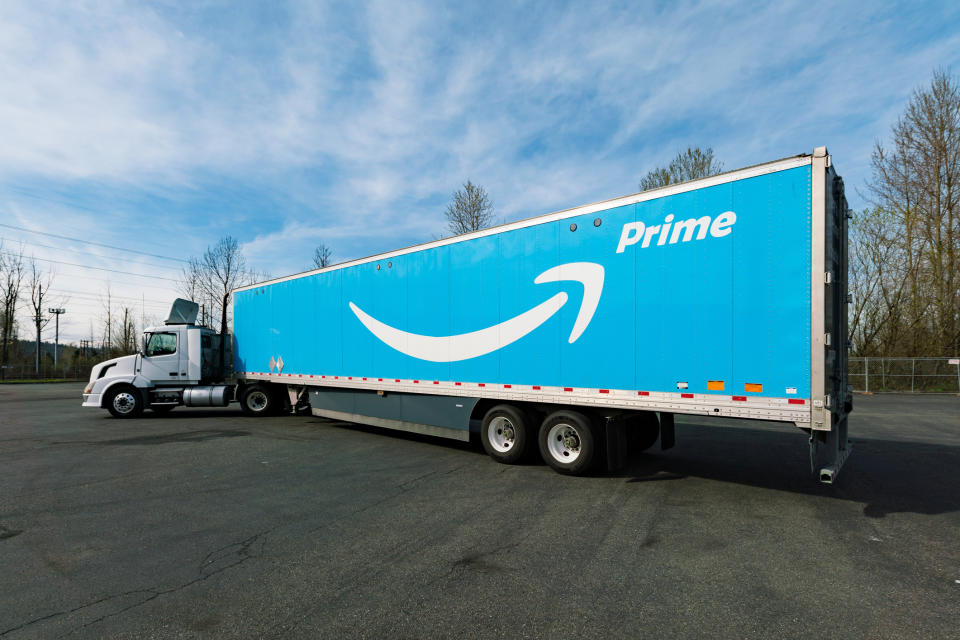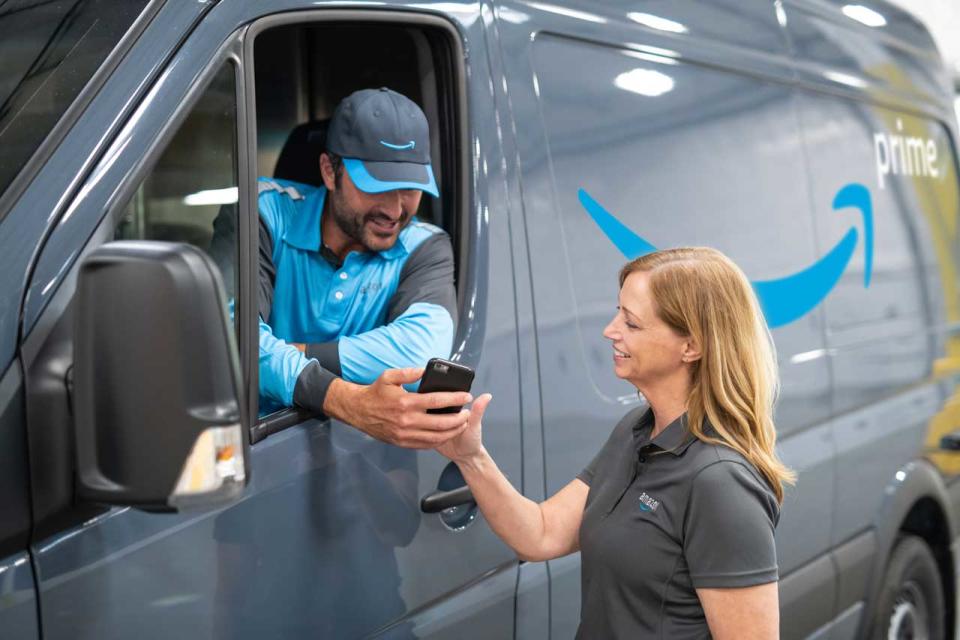Guess Who Just Became Amazon's Biggest Shipper
FedEx (NYSE: FDX) rocked the world of online shopping recently when it announced that it had made the decision not to renew its contract with Amazon.com (NASDAQ: AMZN). The carrier would no longer deliver FedEx Express shipments in the United States. The shipper downplayed the move, pointing out that Amazon packages represented less than 1.3% of FedEx's total revenue in 2018.
As my colleague Adam Levy pointed out, "the writing's been on the wall for a while," as the company has continually expanded its logistics network in recent years and even launched a freight brokerage platform.
In the wake of these moves, it shouldn't be too much of a surprise that Amazon is now its own biggest shipper.

Image source: Amazon.com.
A new leader
Amazon was delivering nearly half of its own packages by the end of May, according to Rakutan Intelligence, by way of a report in Axios. The e-commerce leader was responsible for 48% of its shipments, while the U.S. Postal Service delivered 33%, and United Parcel Service (NYSE: UPS) carried 17%. FedEx rounded out the list with less than 2%.
This represents a drastic change from just two years ago, when the Postal Service delivered about 63% and Amazon carried about 15% of its packages. At that time, UPS carried about 20%, while FedEx carried less than 2%, similar to its recent volume.
Another revelation from the report is that Amazon is delivering about 20% of all e-commerce deliveries in the U.S., a result of its domination of the digital shopping market. Amazon is responsible for about 40% of all domestic e-commerce sales, which equates to roughly 20% of all e-commerce packages delivered in the United States.
(Not) going postal
The decisive move away from the U.S. Postal Service shouldn't come as a surprise, considering the acrimonious relationship between President Trump and Amazon. Trump has waged a war of words against the company and its founder and CEO, Jeff Bezos. In a series of tweets early last year, the president blamed Amazon for the ongoing woes at the Postal Service, though the agency was in trouble long before Amazon's rise to prominence.
Given the very public tiff, and its long-term aspirations, it makes sense that Amazon would continue to build out its own shipping and logistics capabilities, while also extricating itself somewhat from Trump's barbs.

Image source: Amazon.com.
A growing portion of its business
It's important to note that Amazon disputes the accuracy of the data, saying, "The numbers are not an accurate representation of how Amazon shipments are shared between Amazon and our carrier partners" -- though the company failed to elaborate on the inaccuracies. Amazon's response isn't surprising, considering the company has a history of keeping its data close to the vest.
Even if the figures aren't entirely correct, they're more than likely directionally accurate, signaling Amazon's growing reliance on its own shipping network. That also shouldn't be surprising considering the company spend more than $34 billion on fulfillment last year, its biggest expense category aside from cost of sales.
As its massive sales slow down, Amazon has recently been focusing on its margins and boosting its bottom line. By cutting out the middle man and delivering more packages itself, Amazon advances these goals.
More From The Motley Fool
John Mackey, CEO of Whole Foods Market, an Amazon subsidiary, is a member of The Motley Fool's board of directors. Danny Vena owns shares of Amazon. The Motley Fool owns shares of and recommends Amazon and FedEx. The Motley Fool has a disclosure policy.